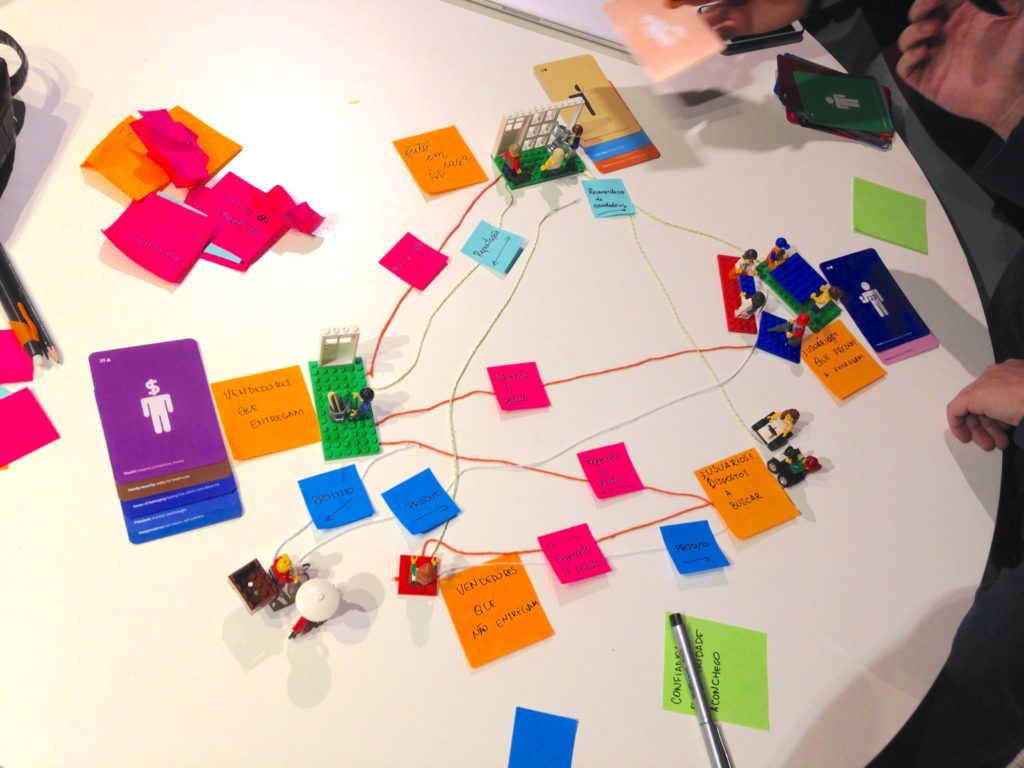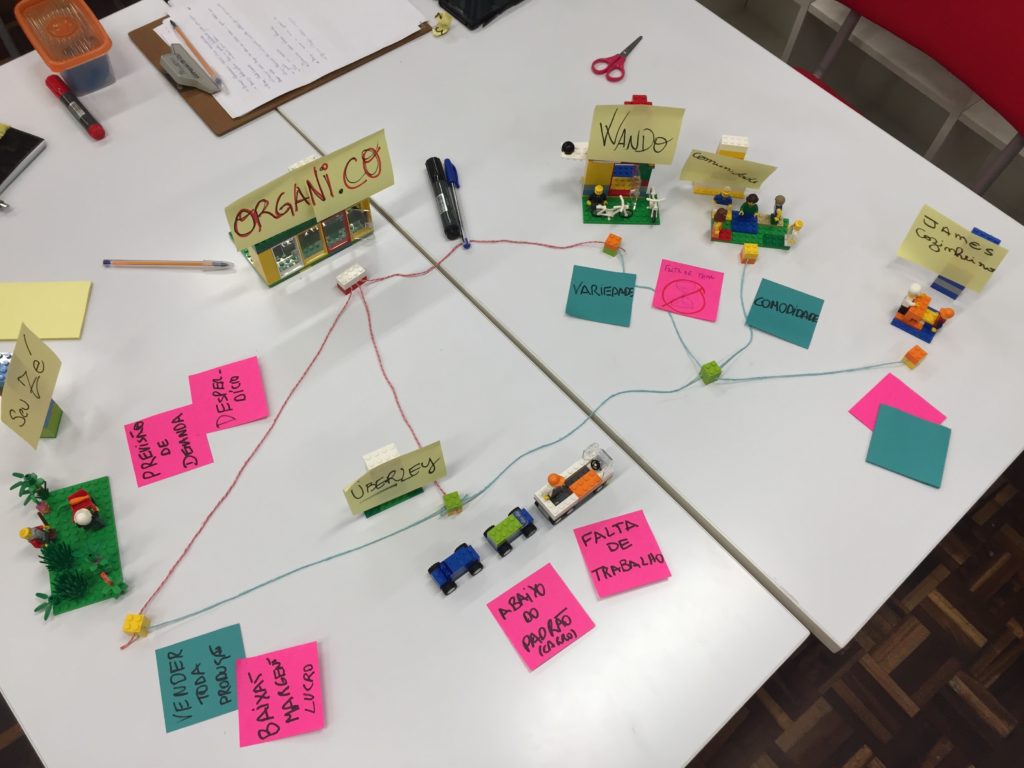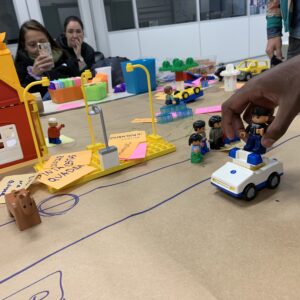New business generates value through a provisional network of relations, including strategic partners, suppliers, and clients. Young entrepreneurs take time to understand that starting up a company does not depend on themselves only.
Value-net is a strategic framework created by Cinzia Parolini (1999) to understand and manage the network of relationships within a business ecosystem. This approach emphasizes the interconnected roles of various players, such as customers, suppliers, competitors, and complementors, in creating and delivering value. Value-nets are typically visualized as an abstract diagram, which newcomers cannot easily realize. Furthermore, these visualizations do not emphasize the relational aspect of making a new business: who to talk to, how to approach other people, what is valuable for others, and so on.
Embodied Value-nets overcome this limitation by drawing attention to the concrete experience of each networked actor in producing value. This method was developed for the Apple Developer Academy program at PUCPR. This method uses the Values Deck, which emphasizes the qualitative aspect of human values, often lost in purely financial considerations.
The educational part of the method prescribes a value exchange game. Each player starts the game with three cards. Players can exchange with each other any amount of cards using bargaining strategies. The goal is to collect the highest amount of cards. Some players prefer to lose the game and attain the value card they care about the most, so they trade more cards for them. After the time is over and the winner is revealed, the players stand in a circle and trace back the exchanges using a yarn thread. When players receive the yarn ball, they must hold the yarn and hand the ball to the person with whom they have exchanged value cards. The resulting image is an Embodied Value-Net.

After realizing the embodied nature of Value-nets, business designers can address their own business concepts. These are the steps followed next:
- Build a Lego Serious Play metaphorical model on a single base representing the value propositions of your business. Attach corresponding Value Deck cards to the model.
- Construct a separate Lego model for each stakeholder involved in the business, such as individuals, companies, government entities, etc.
- Write the name of each stakeholder on a sticky note in large letters. Below the name, in smaller letters, describe what the stakeholder is willing to give and receive. You may use a specific post-it color for these dispositions. Place this sticky note under the respective Lego model.
- Use pieces of yarn to represent potential exchanges between stakeholders. Tie the yarn between the relevant Lego models to illustrate these connections. Move the Value Deck cards from the central model to the stakeholders that may value it the most.
- Attach sticky notes to the yarn detailing the specific types of exchanges (such as services, goods, and information) between the stakeholders.
- Assess whether the exchanges are sufficient to support the business’s value propositions. If not, consider revising your value propositions to better align with the exchanges.
- Once the value network map is complete, take a photo of the Lego model and create a more legible digital version for documentation. Optionally, you can also shot an improvised video explaining the model.



References
Parolini, C. (1999). The value net: A tool for competitive strategy. Willey.

